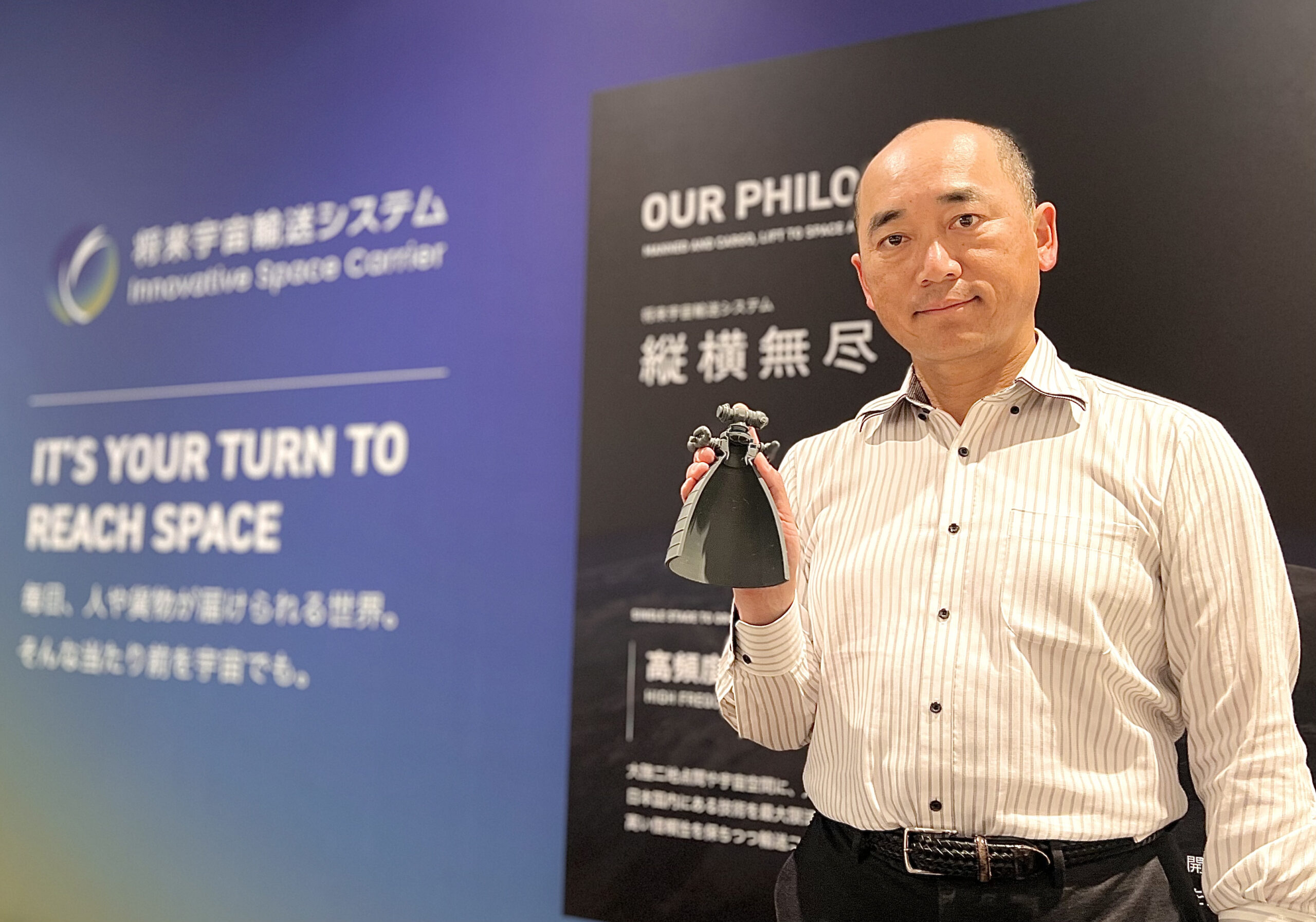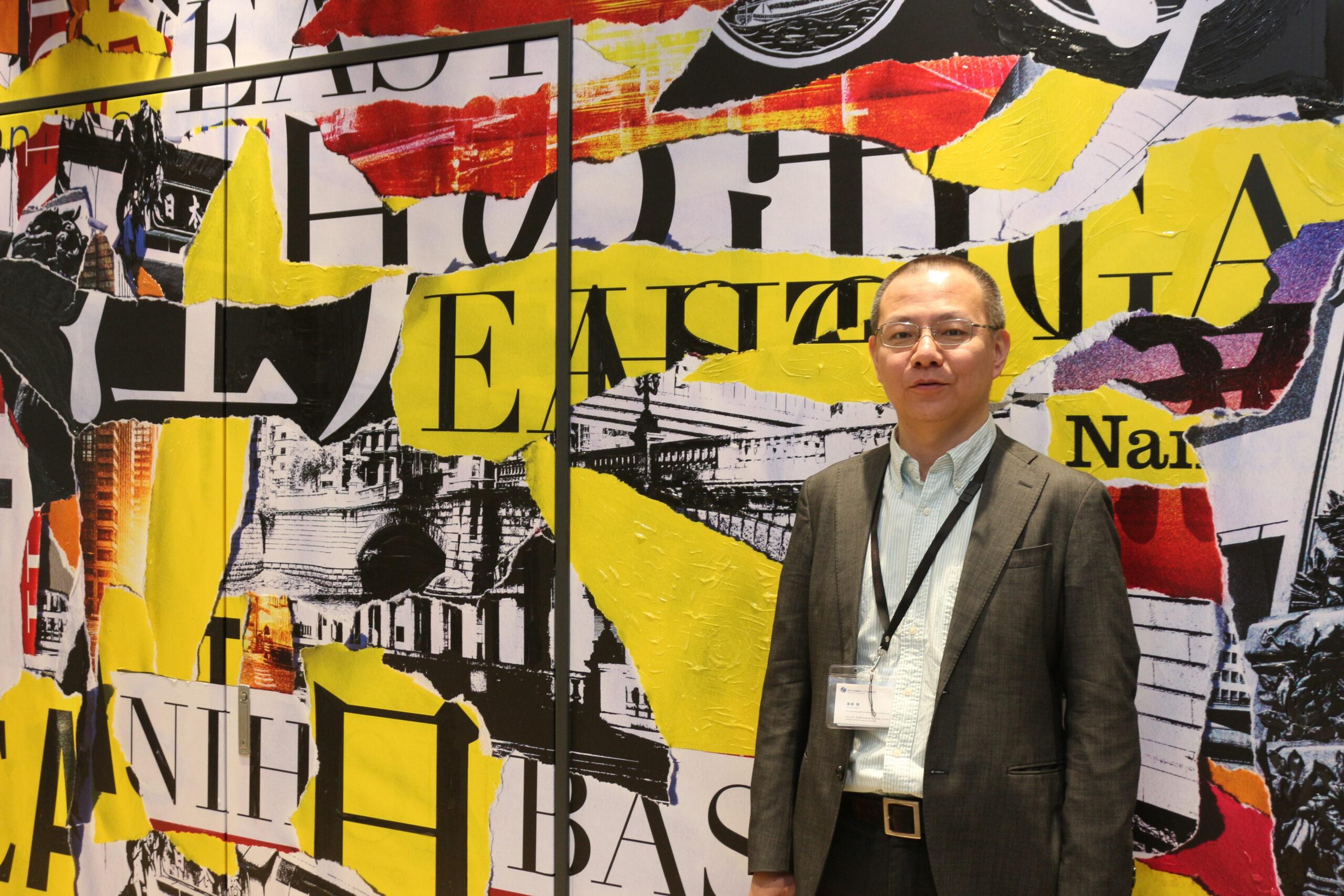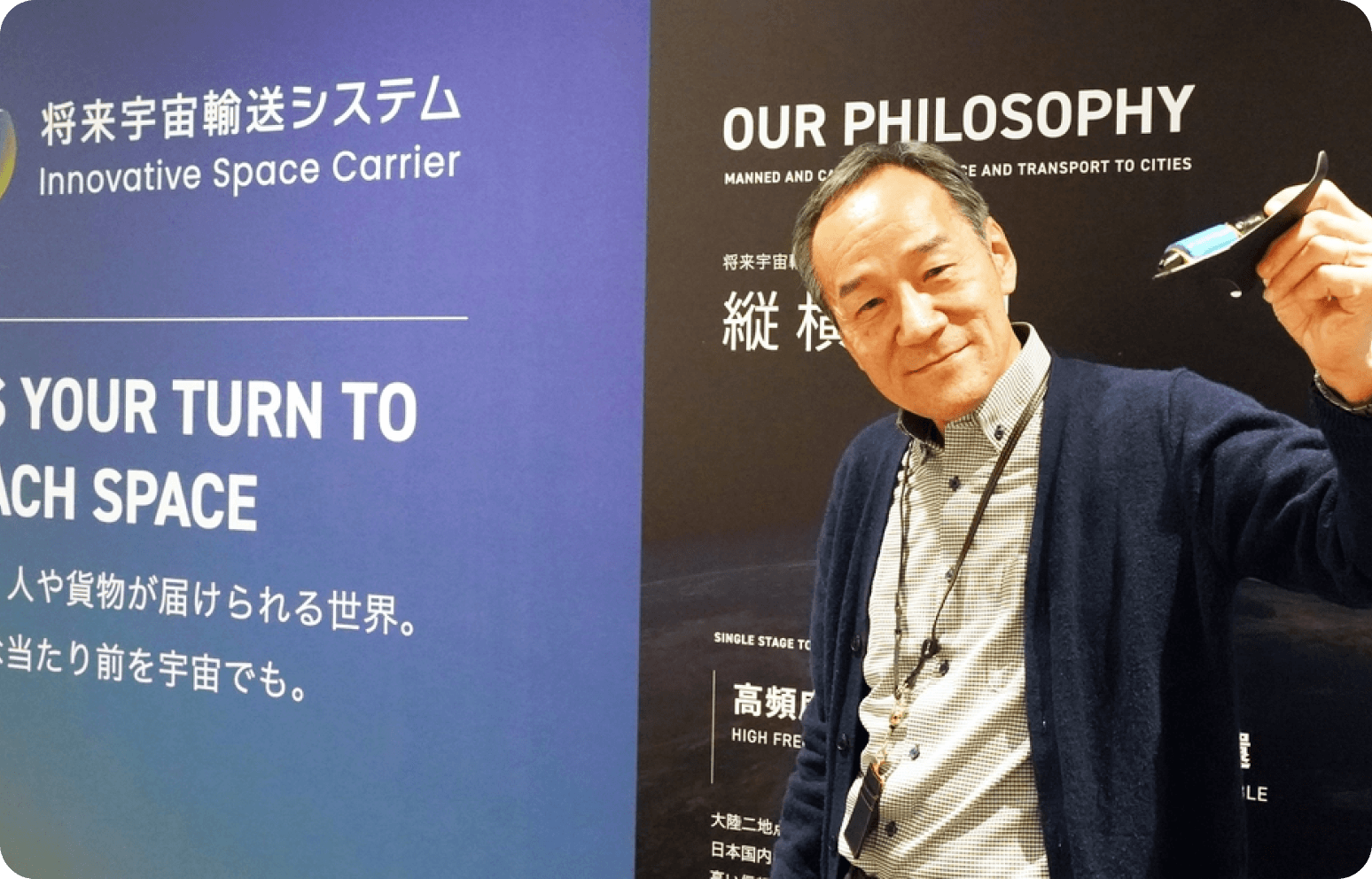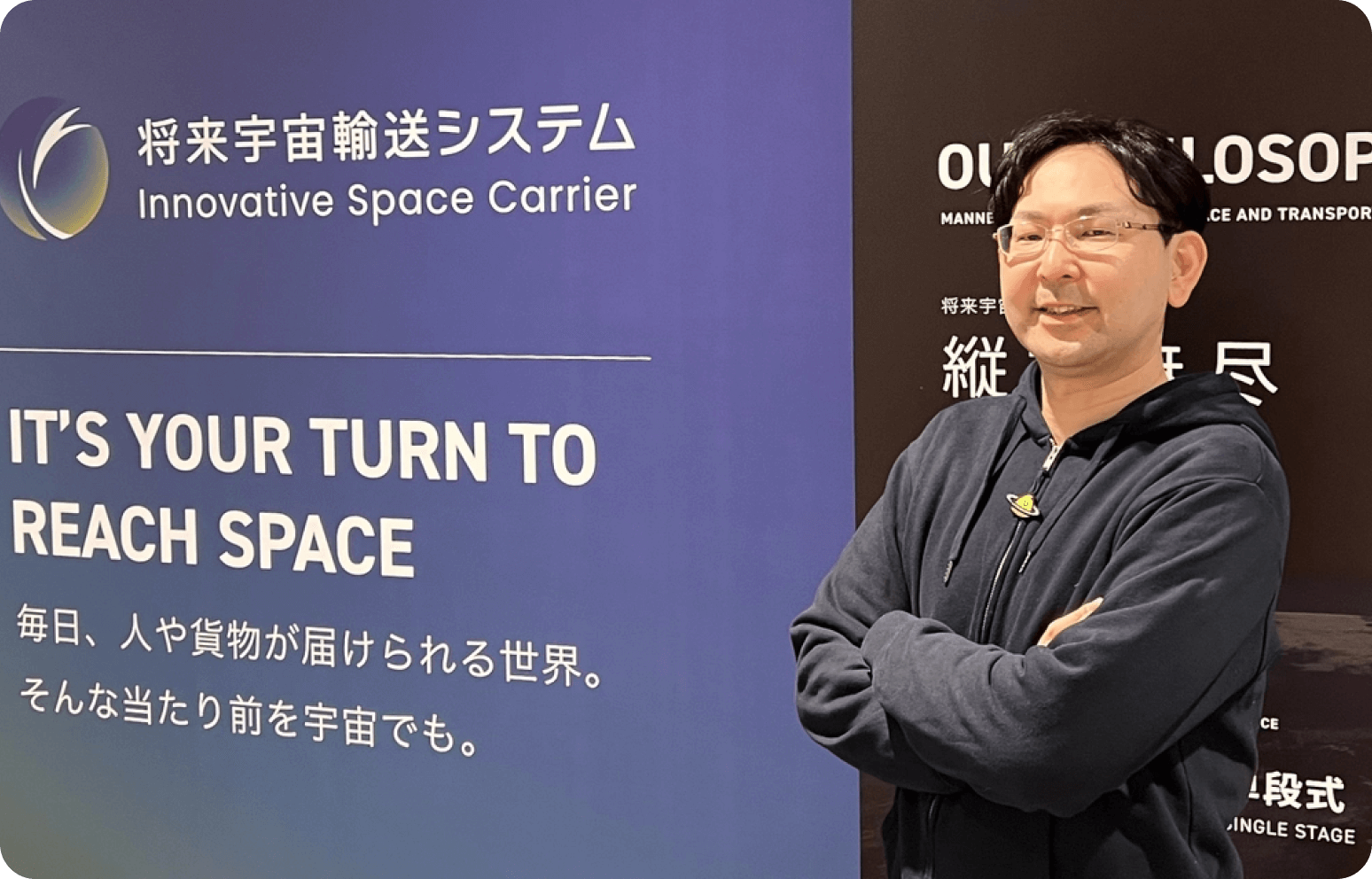1. Career to date
Q. Please tell us about your experience and career to date.
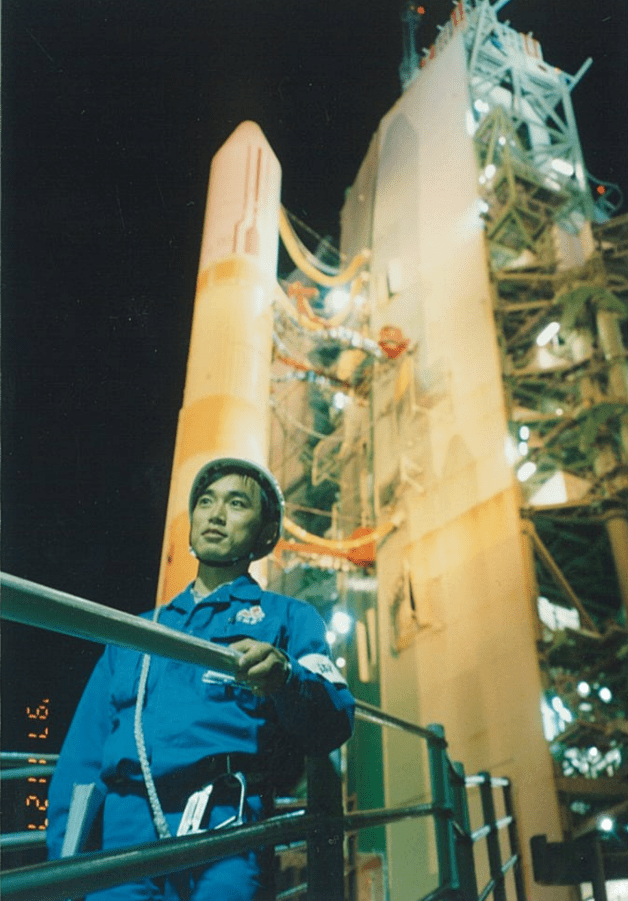
After graduating from college, I joined a major heavy industry company and was assigned to a department that developed rocket propulsion systems.
In college, I majored in rocketry and wrote my thesis on creating a flight path that maximizes the launch capacity of a spaceplane.
At that time, the space shuttle was in active operation, and the next step after the space shuttle was the spaceplane! I was interested in measurement and calculation at first. At first, I was interested in measurement and calculation, but due to the influence of my seniors in the laboratory, I decided to go down the same path of propulsion systems.
When you think of a propulsion system, don't you think of an "engine "?
More than 90% of a rocket's weight is propellant, and how efficiently that is supplied to the engine determines how good or bad the airframe is. That is the propulsion system. At the company, the propulsion system was also in charge of system design for all rockets, so at first I was in charge of the system that supplied propellant to the engines and the system design for all rockets.
Instead of working as a team on a single theme, each person was given a theme. You had to have discretion and coordinate with the whole team to keep yourself very busy.
I thought I had studied all aspects of the business since I was a student, but when it came time to actually do the work, things were different.... It was difficult for me because I did not understand the basics and sometimes struggled with cultural differences.
When I was short staffed, I even started to work on three or four themes by myself, and I would have a totally Different fieldstheme. I remember it was very difficult to ask my boss because he was not around to ask.
Q: Could you tell us about the first launch you were involved in?
My first launch was at the end of my third year with the company. When we actually built the rocket and took it to the launch pad, we ran into trouble. It was a launch in a trouble-shooting situation, which I usually don't do, but it was a relief that it was a success. I was really moved at that time.
I was in charge of the payload portion, but the rest of the team, except for me, said "Yay! " when their respective responsibilities were successfully completed! Yay!!!!" I was in charge of the payload part. The equipment staff was already in a festive mood when the launch was completed.
But my charge had been working all the time for about two hours, so I couldn't quite settle down. Finally, the end was in sight, and I wondered if I could make a fuss. I was wondering if I should make a fuss when the telemeter stopped at an altitude of 10 kilometers. I thought to myself, " Oh, no, it's not falling.... After a while, I finally understood that the rocket had landed on the water after all. By that time, the rocket man was already pouring beer in front of the building... (laughs)
Incidentally, Mr. Takahashi, who wrote INTERVIEW VOL.2, was present at the launch of the J-I rocket, athree-stage solid rocket, in 1996, so he had already seen the same view at that time. We are working with the same goal in mind.
At that time, the launch time was extended by an hour, and I remember well how beautiful the payload looked in the morning sun, even the separation of the payload. It was a valuable experience for me because the weather on Tanegashima Island is often bad in February, and in the past, after flying, the payloads often quickly disappeared into the clouds.
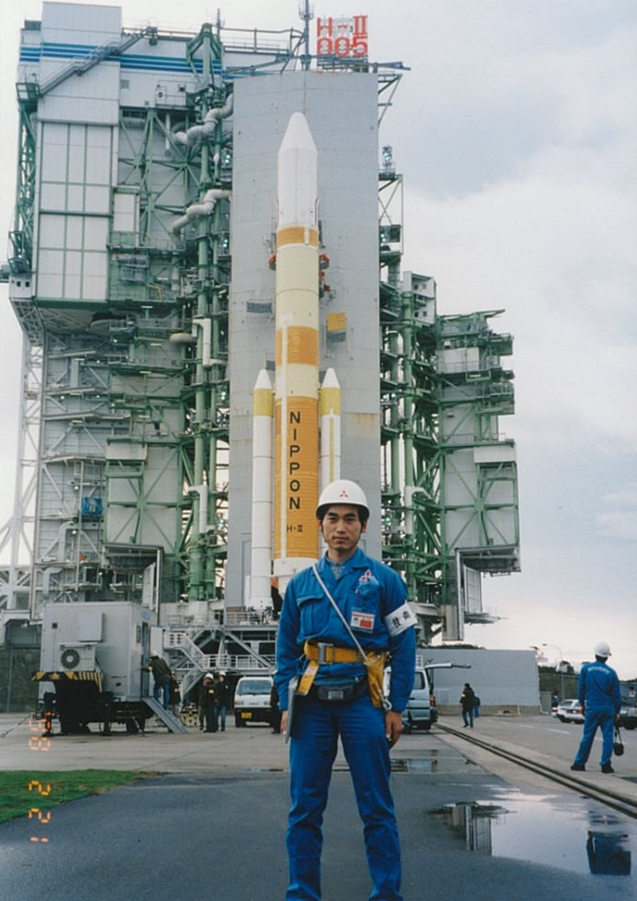
From Rocket to Airplane
After that, in 1998 and 1999, the H-II rockets No. 5 and No. 8 failed in succession, and I was reassigned to the Aircraft Division in response to a wave of personnel cutbacks. I was assigned to the department that designed the fuselage shape based on aerodynamics.
I was to take on a new challenge in a technical field that was different from my previous work in propulsion. In terms of content, I was not just an operator, but a planner.
We would receive requests during development, plan the necessary tests, direct the design of the model, and actually conduct the tests. We worked on something completely different from what we had done in the past, such as acquiring and reporting aerodynamic data.
But I am very glad that I was able to experience aerodynamics and its testing techniques because I think I would have been biased with my original knowledge.
It is very important that I was able to broaden my perspective in my work. Especially in a venture business, one person has to work in various fields and actually assemble things. I am still able to make use of the experience I gained back then.
After that, I continued to work in a wide variety of jobs, including working in the mechanical engineering field and dealing with customers in a managerial capacity.

There were "failures" too.
I WAS MOST IMPRESSED WHEN THE LAUNCH OF THE H-II ROCKET FAILED.
The launch was at the Tanegashima Space Center and I was in the large launch control tower (aka blockhouse) at the time. The launch went smoothly until liftoff, with no problems with the data received.
At one point, I headed over to check the measurement equipment located right next door and found that the values were greatly disturbed. At the time I couldn't get it out of my head, thinking that maybe the signal from the rocket was disturbed. I remember feeling strongly that people don't understand immediately when something unexpected happens. I remember feeling strongly that people cannot understand immediately when something unexpected happens.
2. the quest to fly

Total flight time of 1,900 hours
I started gliding because I thought that since I would be working in the aerospace industry, I should know about "flying. I am an avid flyer, so after that, I got more and more into it.
I learned that gliders existed in this world through a club activity in college. But for a student, it was an expensive thing to do, so I had to give it up. But I still couldn't forget about it, and finally started gliding when I became a working adult.
You started flying in your first year of work, got your license in your third year, and are now an instructor. You currently have 1900 hours of flight time and over 5900 flights.
Each flight is usually only a few minutes long, but when my first flight time exceeded 24 hours, I was deeply moved! I remember how deeply moved I was the first time I exceeded the 24-hour mark.
When I fly in a glider, there is no autopilot function, so I have to do everything myself. It is quite busy in a short time. However, at an altitude of about 1 km, if the weather is good, you can sometimes see Mt.
Interpreter between engineer and pilot
There are very few Japanese aircraft engineers who are qualified and fly by themselves.
During flight tests, there were often misunderstandings: the engineer did not understand what the test pilot was saying, and the test pilot did not understand what the engineer was saying. In such cases, I was able to understand both the pilot's and the engineer's intentions, so I was able to act as an interpreter, which was one of the best things I could do.
The test pilots know that I am a pilot, so they trust me and tell me things. I don't think I could have done this without flying myself, so I was happy to think that I was helping us to understand each other.
3. Challenges from large companies to startups

I am able to work in the field of propulsion, which has been my main area of work, and I am also able to take on new challenges in the areas that have been my main focus, such as the content of my research during my student days.
For about 20 years before I joined here, I was working in a field outside of my field of expertise, which was different from the propulsion field. I heard about ISC from a friend who told me about this new company and became interested. In the course of actually listening to the story, I was exposed to the background of the technology and its future plans, and I decided to take on the challenge . I decided to take on the challenge.
ーーPlease tell us about your current work.
I am in charge of engines and propulsion systems. In order to create a rocket that has never been seen before, it is essential to increase the thrust of the engine and reduce the weight of the airframe, and we have recently been preparing for technical verification of new elements that will improve performance with a demonstration model.
TO CREATE A NEW SSTO MACHINE, NEW TECHNOLOGY MUST BE INCORPORATED.
I did not understand the technology that has advanced in the 20 years I have been away from this propulsion system, nor did I understand what has gone wrong with past space shuttles, so I am concentrating on that now. I am examining daily how to combine what I am learning in this process.
Why haven't we been able to do this?" I believe it is important to determine the cause. I was looking forward to taking on this kind of work for the first time in 20 years.
What has changed since moving from a large company to a start-up company?
The way we work at ISC was already set in stone and smooth, with a set of rules and procedures, but since everyone at ISC is working together to update and create the new system, we have a high degree of freedom and an environment where we can take on new challenges while making the most of our past experience.
I ALSO FELT THAT THE AEROSPACE DIVISIONS OF LARGE COMPANIES HAVE A LOT OF RESTRICTIONS IN TERMS OF PROFITABILITY AND RELATIONSHIPS WITH OTHER DIVISIONS... IN THIS RESPECT, ISC HAS FEWER RESTRICTIONS AND CAN CONCENTRATE ON RESEARCH AND DEVELOPMENT.
What kind of experience and mindset would you be looking for?
Better to have expertise in rocket development, which may be a hurdle for those with different specialties.
However, what we have not been able to achieve so far has simply not been possible based on "common sense in this field.
There are many things that can be done if we go outside the norm, and I strongly believe that it is important to be able to think positively about such things. I think it is good to have the ability to realize that we unconsciously set restrictions or think only in terms of existing technology.
It is also important to have a mindset of being eager to learn new things. If you feel that you would like to try something out of the ordinary with us, I hope that you will have the opportunity to talk with our members.
Finally...
Until now, I have never used anything I was involved in developing myself.
You can ride in passenger planes and cars by yourself. But I could never ride in a rocket or a fighter plane, so that is why I want to ride in something I designed myself.
I would love to be on the aircraft I was involved with in 2040! It will be 17 years from now, so I should be healthy by then.
